ONE SHOT TO CONTROL
JOHNE'S DISEASE
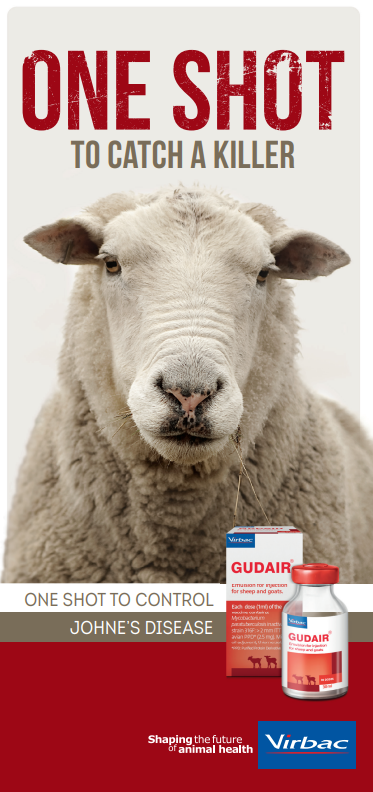
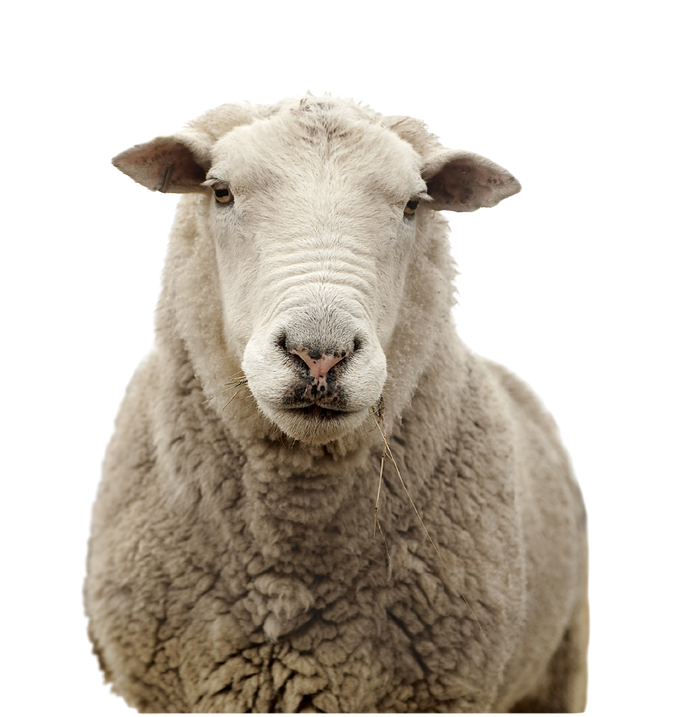
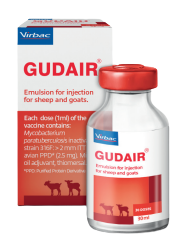
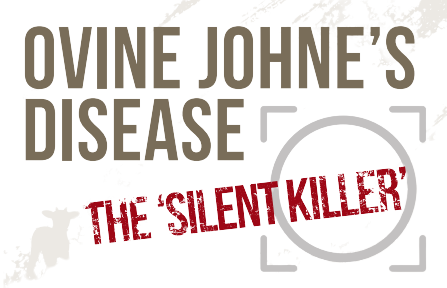
1
For several years, whilst not a notifiable disease, Johne’s has been monitored by Red Tractor within the Beef & Lamb Standards Health Plan.
.
On the 1st November 2021 Johne’s monitoring was also introduced into the Dairy Goats Standards demonstrating that Johne’s Disease is considered more prevalent in UK livestock and is a concern for the welfare of cattle, sheep and goats.
Johne’s Disease is known as a ‘silent killer’ as signs of the disease typically do not occur until the animal is 2-4 years old. Clinical signs of Johne’s in sheep are non-specific but include chronic weight loss or poor body condition score, reduced lambing or rearing percentages and/or apparent non-responsiveness to parasite treatments. Farms seeing these issues should investigate by testing their flocks and implementing a control plan to help preserve & protect the rest of the flock.
2
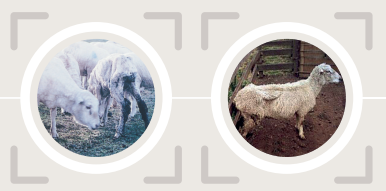
What is Johne’s Disease?
Johne’s Disease is a chronic wasting disease; the infection causes inflammation of the gut, so animals are not able to absorb the nutrients they require. They get thinner and thinner and essentially starve to death.
- Infection is caused by the bacteria Mycobacterium avium subspecies paratuberculosis (MAP). The bacteria can survive in the environment for up to 18 months.
- There are two strains of Johne’s Disease; Cattle and Sheep. Sheep can be infected by both strains, so as a source of infection it is important to consider contact between cattle and sheep.
Johne’s Disease in sheep affects all breeds, of all ages and is commonly referred to as OJD.
3
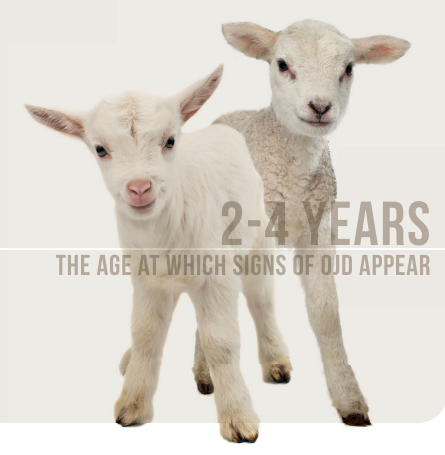
How is Johne’s Disease spread?
Ovine Johne’s Disease (OJD) is mainly spread through the MAP bacteria present in the faeces. Indeed one clinically affected animal can shed 1 billion MAP/g faeces. It can also be spread across the placenta and through milk to lambs.
How does the disease progress?
Although older animals can become infected, infection occurs mainly in young animals less than 6 months old.
These animals grow up, shed MAP and infect the pasture but clinical signs of illness aren’t visible until they are much older, typically 2 – 4 years old.
The tip of the iceberg
OJD is a true ‘iceberg disease’ in that for every animal showing clinical disease, there are typically 10 –15 that have sub clinical disease, shedding MAP and affected but not showing any visible signs.
IF NOT MANAGED IN ORDER TO REDUCE MAP SHEDDING AND PASTURE CONTAMINATION, LEVELS OF BACTERIA CAN BUILD UP LEADING TO AN INCREASE IN CLINICAL CASES.
4

THE DISEASE IS “HIDDEN” FOR YEARS AND IN THE MAJORITY OF AN AFFECTED FLOCK.

Despite appropriate nutrition and full mouths, signs of clinical infection include:
THIN BUT BRIGHT EWES, WITH NO RUMEN FILL.
EARLY MORTALITY.
REDUCED LAMBING %.
REDUCED REARING %.
LACK OF RESPONSE TO FLUKICIDES/WORMERS.
SCOURING, but unlike with cattle rarely and only in the very late stage of infection.
EVENTUALLY ANIMALS CANNOT STAND.
MANY OF THE SIGNS OF OJD ARE NON-SPECIFIC, SO THE DISEASE IS OFTEN NOT SUSPECTED, OR MISDIAGNOSED.

Why should I be concerned about OJD?
A recent study showed 64% OF SHEEP FLOCKS TESTED WERE POSITIVE FOR JOHNE’S.
5
Animals with clinical signs represent the tip of the iceberg in terms of the proportion of the WHOLE FLOCK LIKELY TO BE INFECTED.
7
It has a SIGNIFICANT IMPACT ON PROFITABILITY of flocks due to:
- Shorter productive life – sheep can die from 2 years of age.
- Higher replacement costs.
- Reduced lambing %, rearing % and finishing %.
- Reduced cull ewe value.
- Increased feed and medicine costs.

How can I check whether my flock is infected?
Diagnosis of OJD is very difficult, with there being no ‘perfect test’, particularly on an individual animal basis. Blood sampling has limitations and results are dependent upon antibodies being detected. Antibodies build with severity of disease so accuracy rests on what stage of OJD the animal may be in at the time of testing.
- Ask your vet for a POST MORTEM EXAMINATION of any thin ewes dying early as this will give the most definitive diagnosis.
- Alternatively, the most cost effective and relatively reliable results can be achieved by SUBMITTING POOLED FAECAL SAMPLES from 10, thin, poor performing ewes and getting these tested for MAP.
Note: Faecal samples can also show false negative results so you should submit at least two or three pooled samples per flock.
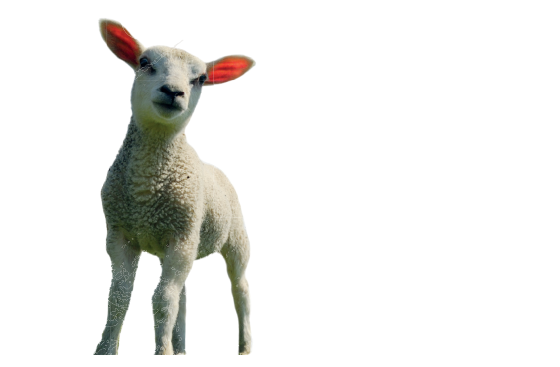
What can I do if my flock is infected?
There is no treatment for OJD and eradication is almost impossible, so the aim is to CONTROL THE DISEASE BY DECREASING TRANSMISSION and reducing its impact on profitability.
TO REDUCE TRANSMISSION YOU CAN:
- Make management changes to reduce the risk of infected lambs, ie lamb high-risk shedding ewes separately
- Vaccinate to reduce MAP in faeces. Vaccination has been shown to be a highly effective way of controlling OJD.
6
Speak to your vet about vaccinating against OJD
What are the benefits of vaccination?
VACCINATION WON’T ELIMINATE THE BACTERIA nor will it remove all an infected flock’s problems overnight. However, it is an effective way to help reduce clinical disease and the spread of the infection, whilst limiting the impact on productivity, as part of a long term control plan for flocks with OJD.
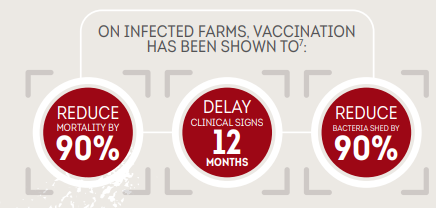
What if my flock is not infected?
The main source of infection for uninfected flocks is bought-in-stock. To minimise the risk, make sure you don’t buy-in an OJD problem.
- Ideally only buy from OJD free flocks or OJD vaccinated animals – including rams!
- Alternatively, quarantine and vaccinate before introducing to the rest of the flock.
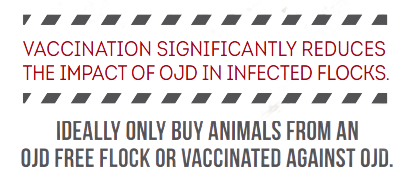
How and when should I vaccinate?

Gudair® is the UK’s only licensed vaccine for Johne’s Disease in sheep and goats, it’s a one shot, lifetime vaccine:
- Give 1ml by subcutaneous injection in the neck, midway between the ear and the front of the shoulder.
- Vaccination commonly can cause swelling at the injection site. Swellings can develop nodules that can persist up to 4 years in some animals.
- All replacement animals should be vaccinated between 4 weeks and 6 months of age.
- In affected flocks the vaccination should be carried out on all individuals, including adult animals.
SPEAK TO YOUR VET ABOUT THE IDEAL
VACCINATION PROTOCOL FOR YOUR FARM
References:
1. Red Tractor Certified Standards – Beef & Lamb Standards, 1st October 2017 (updated 1st June 2018)
2. Red Tractor Certified Standards – Dairy Goats Standards, November 2021
3. http://beefandlamb.ahdb.org.uk/wp-content/uploads/2019/01/IcebergDiseases2225_190107_WEB.pdf
4. Marquetoux et al. (2018). A synthesis of the patho-physiology of Mycobacteriumavium subspecies paratuberculosis infection in sheep to inform mathematical modelling of ovine paratuberculosis. Vet Res 49:27. https://doi.org/10.1186/s13567- 018-0522-1
5. Davies (2018) ‘Iceberg’ infectious disease of sheep. SHAWG conference, Tamworth
6. Juste, R.A. and Perez, V., (2011) Control of paratuberculosis in sheep and goats. Vet. Clin. North Am. Food Anim. Pract. 27, 127–138.
7. Reddacliff, A. (2005) Field evaluation of OJD control using Gudair. Meat and Livestock Australia, Project Number OJD.009, ISBN 1 74036 651 4
GUDAIR emulsion for injection for sheep and goats. Indication(s): For the active immunisation of sheep and goats to stimulate cell‑mediated and humoral immunity against M. avium subsp. Paratuberculosis infection, as an aid in the control of Johne’s disease in those species.
Virbac Ltd. Unit 16 Woolpit Business Park, Windmill Avenue, Woolpit,
Bury St. Edmunds, Suffolk IP30 9UP. Tel: +44 (0) 1359 243243
UK: Email enquiries@virbac.co.uk https://uk.virbac.com
UK: POM-V . Use medicines responsibly www.noah.co.uk/responsible.
Please speak to your veterinarian for further information and advice.
